When choosing between Ceylon and Saigon cinnamon, health considerations are critical. Saigon cinnamon contains high levels of coumarin, which can pose liver risks with regular use, while Ceylon is safer for daily consumption. This guide explains the key differences, health implications, and how to choose the right cinnamon for your needs based on authoritative sources including the FDA and European Food Safety Authority (EFSA).
Table of Contents
- What Is Cinnamon, Anyway?
- Ceylon Cinnamon: The Healthier Choice for Daily Use
- Saigon Cinnamon: Bold Flavor with Important Health Considerations
- Head-to-Head Comparison: Ceylon vs Saigon
- How to Use Each Type Safely and Effectively
- Buying Guide: Picking the Right Cinnamon for Your Needs
- Frequently Asked Questions
- Conclusion: Which One Should You Choose?
What Is Cinnamon, Anyway?
Cinnamon comes from the inner bark of trees in the Cinnamomum genus, but not all cinnamon is created equal. The two most common varieties—Ceylon and Saigon (a type of Cassia cinnamon)—differ significantly in chemical composition, particularly regarding coumarin content. According to the U.S. Food and Drug Administration (FDA), Cassia cinnamon (including Saigon) contains up to 63 times more coumarin than Ceylon cinnamon, making health considerations crucial when choosing between them.
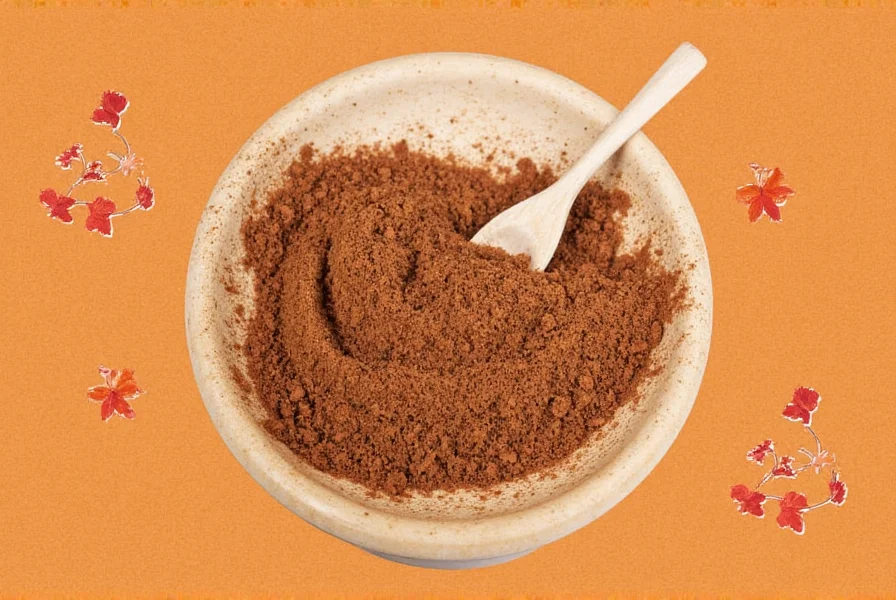
Ceylon Cinnamon: The Healthier Choice for Daily Use
Ceylon cinnamon, often called "true cinnamon," originates from Sri Lanka and is recommended by health authorities for regular consumption due to its significantly lower coumarin levels.
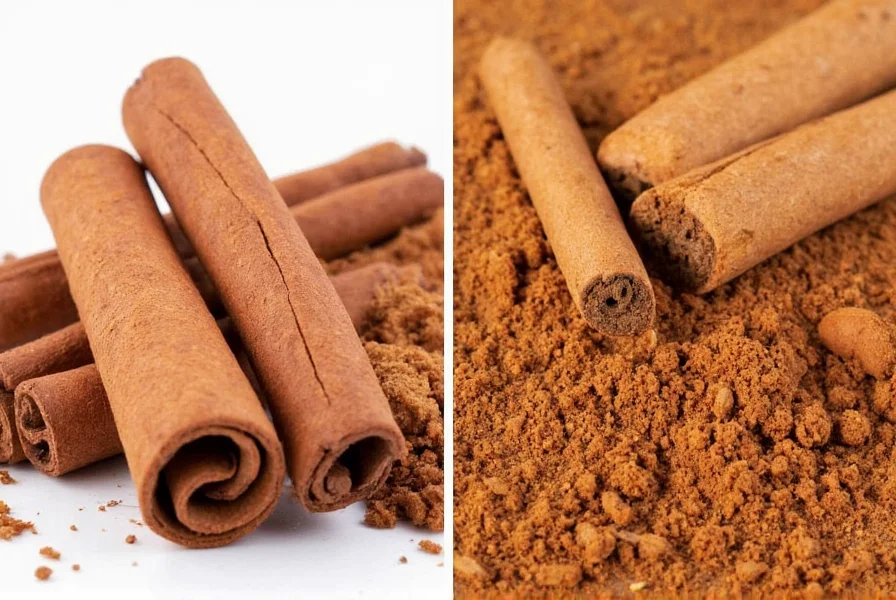
Health Benefits Verified by Scientific Research
- Low coumarin content: FDA-approved for daily use with minimal health risks (typically 0.017% coumarin by weight)
- Rich in antioxidants: Contains high levels of polyphenols that combat inflammation
- Safe for long-term use: Recommended by the European Food Safety Authority (EFSA) for regular consumption
Why Health Experts Recommend Ceylon
For those using cinnamon daily in smoothies, coffee, or breakfast foods, Ceylon is the safer choice. The FDA warns that excessive coumarin intake can cause liver damage, making Ceylon the preferred option for health-conscious consumers.
Saigon Cinnamon: Bold Flavor with Important Health Considerations
Saigon cinnamon, a type of Cassia cinnamon from Vietnam, offers intense flavor but requires careful usage due to high coumarin content.
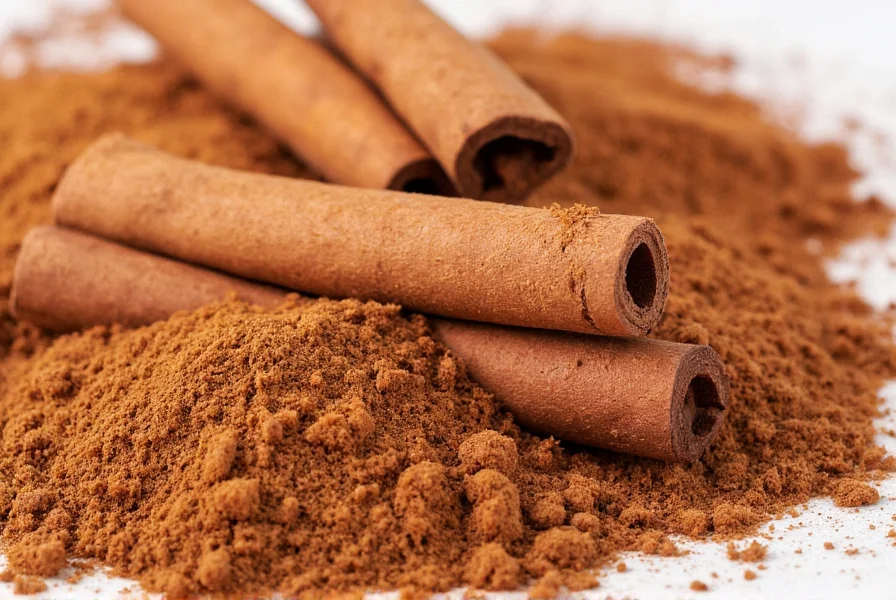
Key Health Considerations
- High coumarin levels: Up to 63 times more than Ceylon (FDA data shows 0.5-1.2% coumarin content)
- Liver health risks: EFSA recommends limiting daily intake to 0.1mg per kg body weight
- Not suitable for daily use: Best reserved for occasional baking or special recipes
Head-to-Head Comparison: Ceylon vs Saigon
Based on authoritative health and food safety guidelines, here's how these cinnamon varieties compare:
| Feature | Ceylon Cinnamon | Saigon Cinnamon |
|---|---|---|
| Origin | Sri Lanka | Vietnam |
| Coumarin Content | 0.017% (FDA-approved for daily use) | 0.5-1.2% (EFSA recommends limited consumption) |
| Health Recommendations | Safe for daily consumption | Use sparingly; avoid regular daily intake |
| Best For | Everyday wellness, sensitive stomachs, long-term use | Occasional baking, holiday recipes, bold flavor needs |
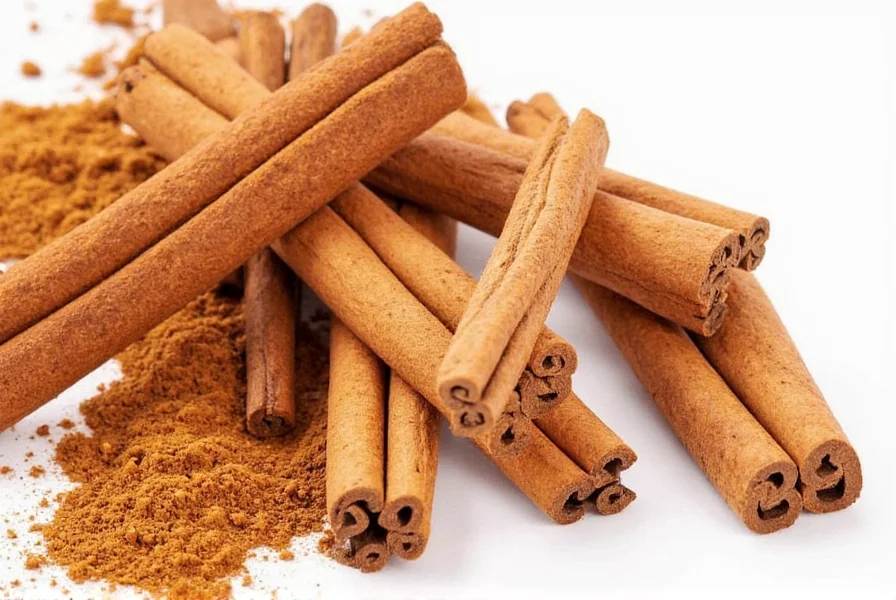
How to Use Each Type Safely and Effectively
Following health guidelines ensures you enjoy cinnamon's benefits while minimizing risks:
Ceylon Cinnamon: The Safe Choice for Daily Use
- Smoothies & Teas: Perfect for daily wellness routines—up to 1 teaspoon per day is safe according to FDA guidelines
- Oatmeal & Yogurt: Add a pinch for antioxidants without coumarin concerns
- Health Supplements: The only cinnamon variety recommended for cinnamon-based supplements
Saigon Cinnamon: Use with Caution
- Pumpkin Pie & Baking: Use no more than 1/2 teaspoon per recipe for occasional holiday baking
- Coffee & Hot Chocolate: Add a single stick for infusing flavor, then remove before consumption
- Meat Rubs: Best for special occasion dishes, not daily seasoning
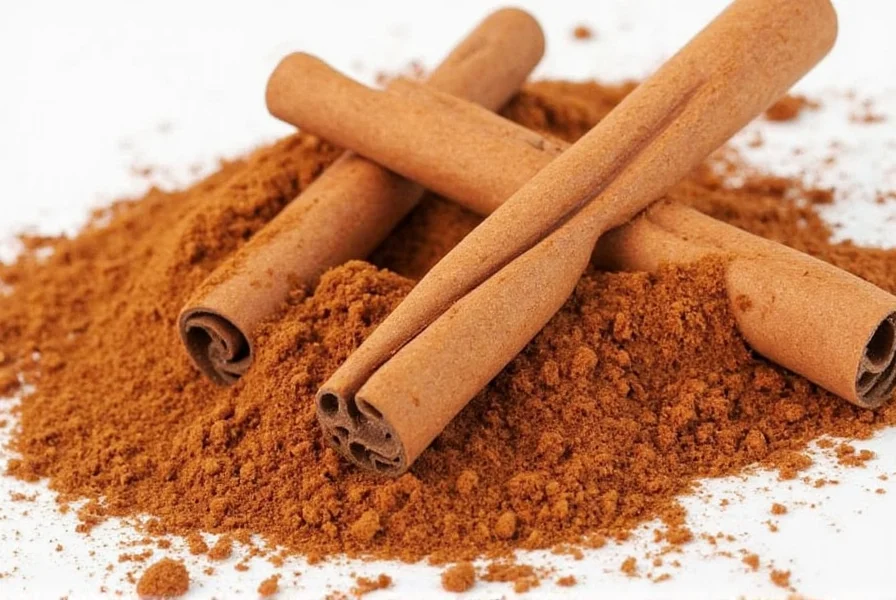
Buying Guide: Picking the Right Cinnamon for You
With health risks in mind, here's how to choose safely:
1. Whole Sticks vs Ground Powder
- Whole Sticks: Better for infusing—easier to remove before consumption (safer for Saigon cinnamon)
- Ground Cinnamon: Convenient but harder to monitor intake; always check coumarin levels
2. Label Reading Tips
- Look for "Ceylon Cinnamon" specifically—most "cinnamon" sold in stores is actually Cassia (Saigon)
- Avoid vague terms like "natural spices"; reputable brands will specify the variety
- Check for third-party testing certifications (e.g., NSF, USP) for coumarin content
3. Recommended Products
| Product Name | Type | Health Features | Best For | Usage Guidelines |
|---|---|---|---|---|
| Frontier Co-op Organic Ceylon Cinnamon Sticks | Whole Sticks | Third-party tested for coumarin levels (0.017%) | Daily wellness routines | Up to 1 teaspoon per day |
| Fresh Origins Saigon Cinnamon Ground | Ground Powder | High coumarin (0.8%); certified for occasional use | Holiday baking | Max 1/2 teaspoon per recipe |
| Simply Nature Organic Ceylon Cinnamon Powder | Ground Powder | Verified low coumarin; NSF certified | Everyday health foods | Safe for daily consumption |
| McCormick Culinary Saigon Cinnamon Sticks | Whole Sticks | High coumarin; recommended for professional use | Commercial kitchens | Remove after infusion; limit to special occasions |
Frequently Asked Questions
What's the main difference between Ceylon and Saigon cinnamon?
The primary difference is coumarin content. According to the FDA, Saigon cinnamon (Cassia) contains up to 63 times more coumarin than Ceylon cinnamon. Coumarin is a compound that can cause liver damage with regular high intake. Ceylon cinnamon's low coumarin levels make it the safer choice for daily use, while Saigon should be limited to occasional consumption.
Which cinnamon is healthier for daily use?
Ceylon cinnamon is the only variety recommended for daily consumption by health authorities. The European Food Safety Authority (EFSA) states that Saigon cinnamon's high coumarin levels exceed safe daily limits for regular use. For smoothies, coffee, or breakfast foods consumed daily, Ceylon is the only safe option. Always check product labels for coumarin testing results.
Can I substitute one for the other in recipes?
Yes, but with important health considerations. When substituting Saigon for Ceylon, use only half the amount due to higher coumarin content. When using Ceylon in place of Saigon, increase by 50% for flavor intensity. For health-conscious cooking, always prioritize Ceylon for recipes consumed daily. The FDA recommends limiting Saigon cinnamon to no more than 1 teaspoon per week for adults.
How can I tell them apart visually?
Ceylon cinnamon sticks are thin, papery layers that easily crumble (light brown color), while Saigon forms thick, hard rolls (dark reddish-brown). Ground Ceylon is pale tan, while Saigon is deep reddish-brown. Reputable brands will clearly label the variety—avoid products that simply say "cinnamon" without specification.
Why is Ceylon cinnamon more expensive?
Ceylon requires more careful harvesting due to its delicate bark, yields less spice per tree, and undergoes rigorous coumarin testing. The higher price reflects its safety for daily consumption. According to FDA guidelines, the extra cost is justified for health-conscious consumers who use cinnamon regularly.
How should I store cinnamon to maintain freshness?
Store both types in airtight containers away from heat and light. Whole sticks retain freshness longer than ground. For Ceylon, proper storage maintains low coumarin levels for up to 3 years. Saigon cinnamon's coumarin content remains stable, but its flavor degrades faster—use within 18 months for best quality.
Is Saigon cinnamon dangerous because of coumarin?
Not when used correctly. The FDA states that Saigon cinnamon is safe for occasional use (up to 1 teaspoon per week for adults). However, regular daily consumption (more than 1/4 teaspoon daily) can lead to liver damage. Health experts recommend Ceylon for daily use and Saigon only for special occasions. Always check product labels for coumarin testing results.
Which cinnamon is better for making cinnamon rolls?
Professional bakers typically use Saigon for its strong flavor, but health experts recommend Ceylon for homemade cinnamon rolls consumed regularly. For occasional holiday baking, Saigon is acceptable if you limit consumption to once a week. For daily cinnamon roll lovers, Ceylon is the only safe choice. Always check the coumarin content on your cinnamon label before baking.
Conclusion: Which One Should You Choose?
When it comes to cinnamon, health should be your top priority. For daily consumption in coffee, smoothies, or breakfast foods, Ceylon cinnamon is the only safe choice according to FDA and EFSA guidelines. Its low coumarin levels make it ideal for regular use without health risks.
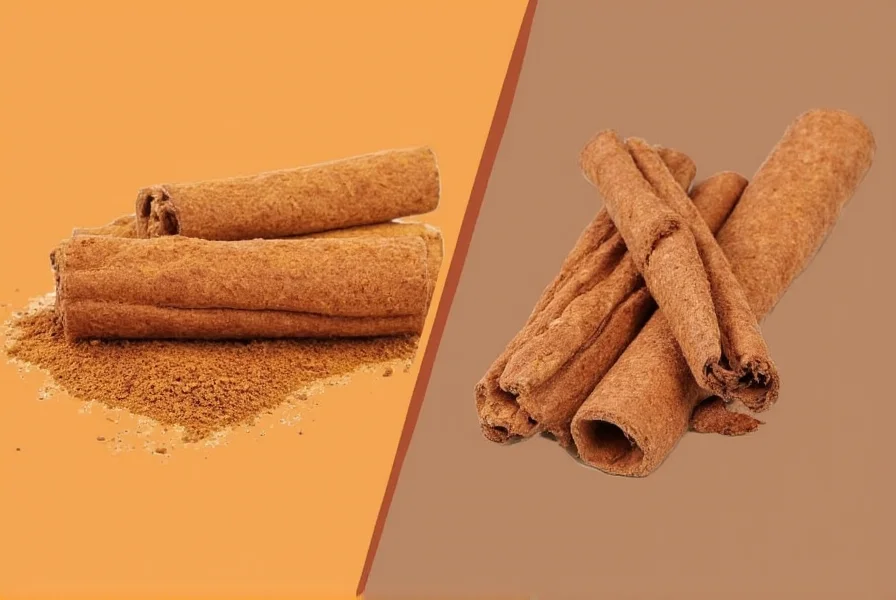
For special occasions and bold flavor needs, Saigon cinnamon can be used sparingly—but always limit consumption to occasional recipes. Remember: when in doubt, choose Ceylon. Your liver will thank you!
Always check product labels for specific coumarin content and third-party testing certifications. With this knowledge, you can enjoy cinnamon's delicious flavor while keeping your health a top priority.

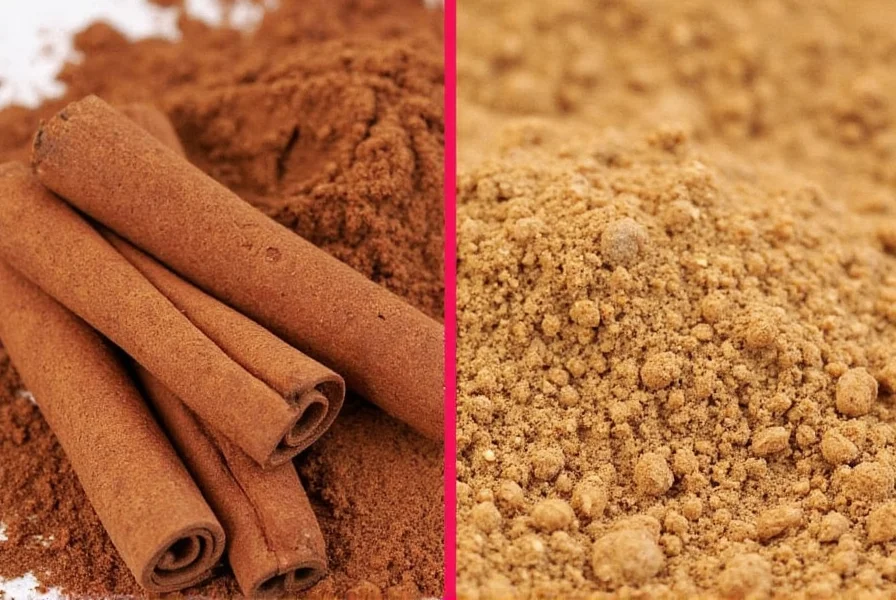









 浙公网安备
33010002000092号
浙公网安备
33010002000092号 浙B2-20120091-4
浙B2-20120091-4